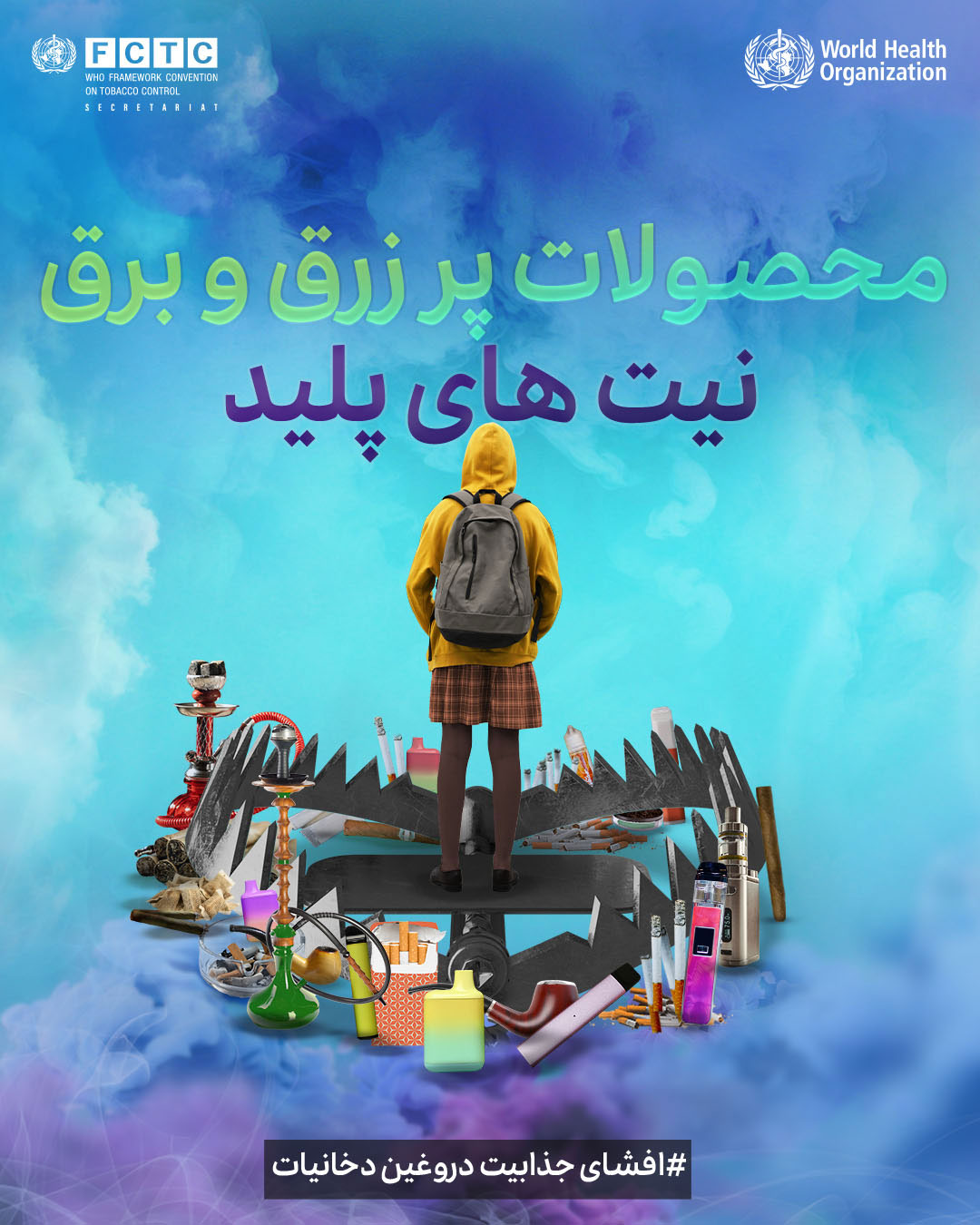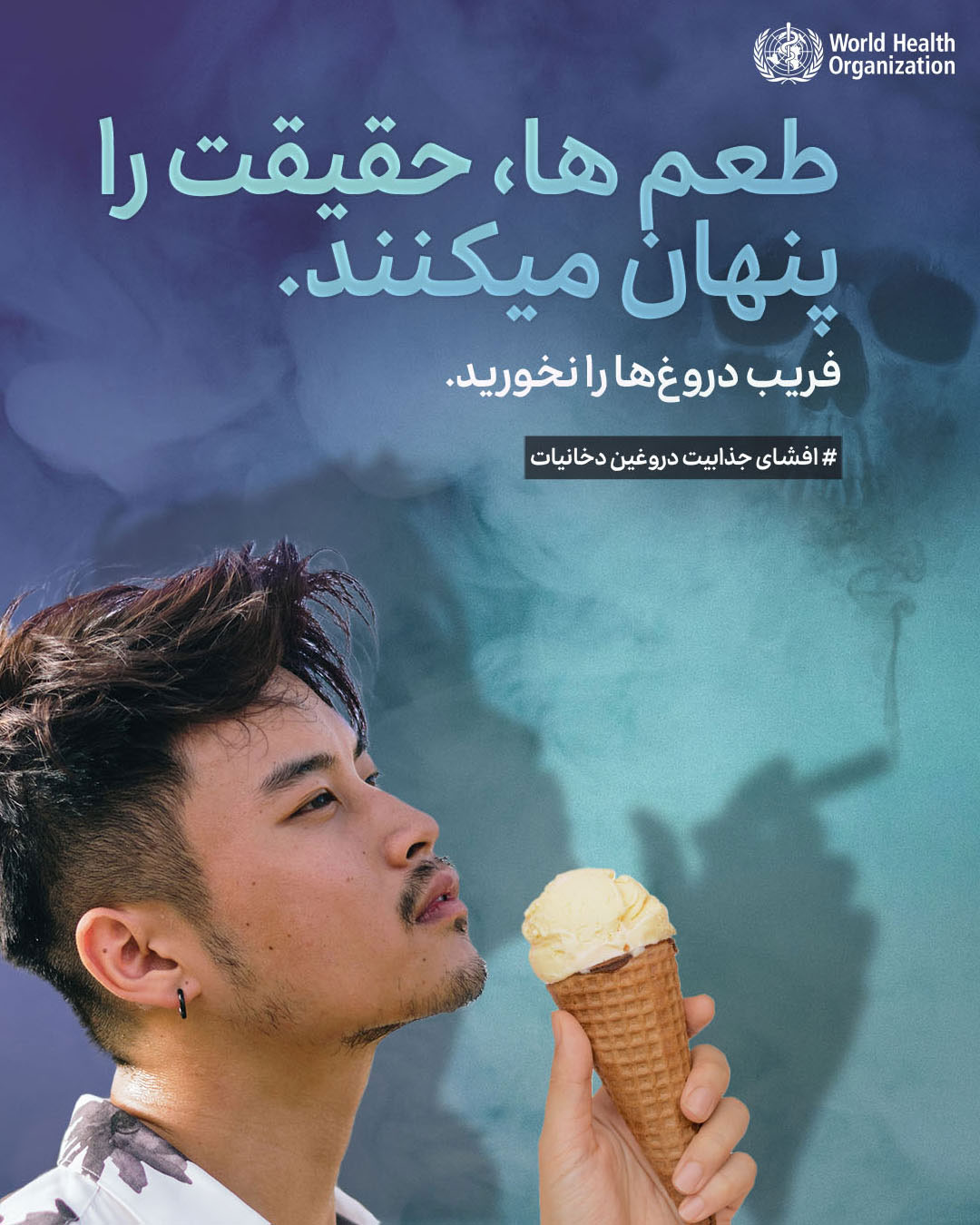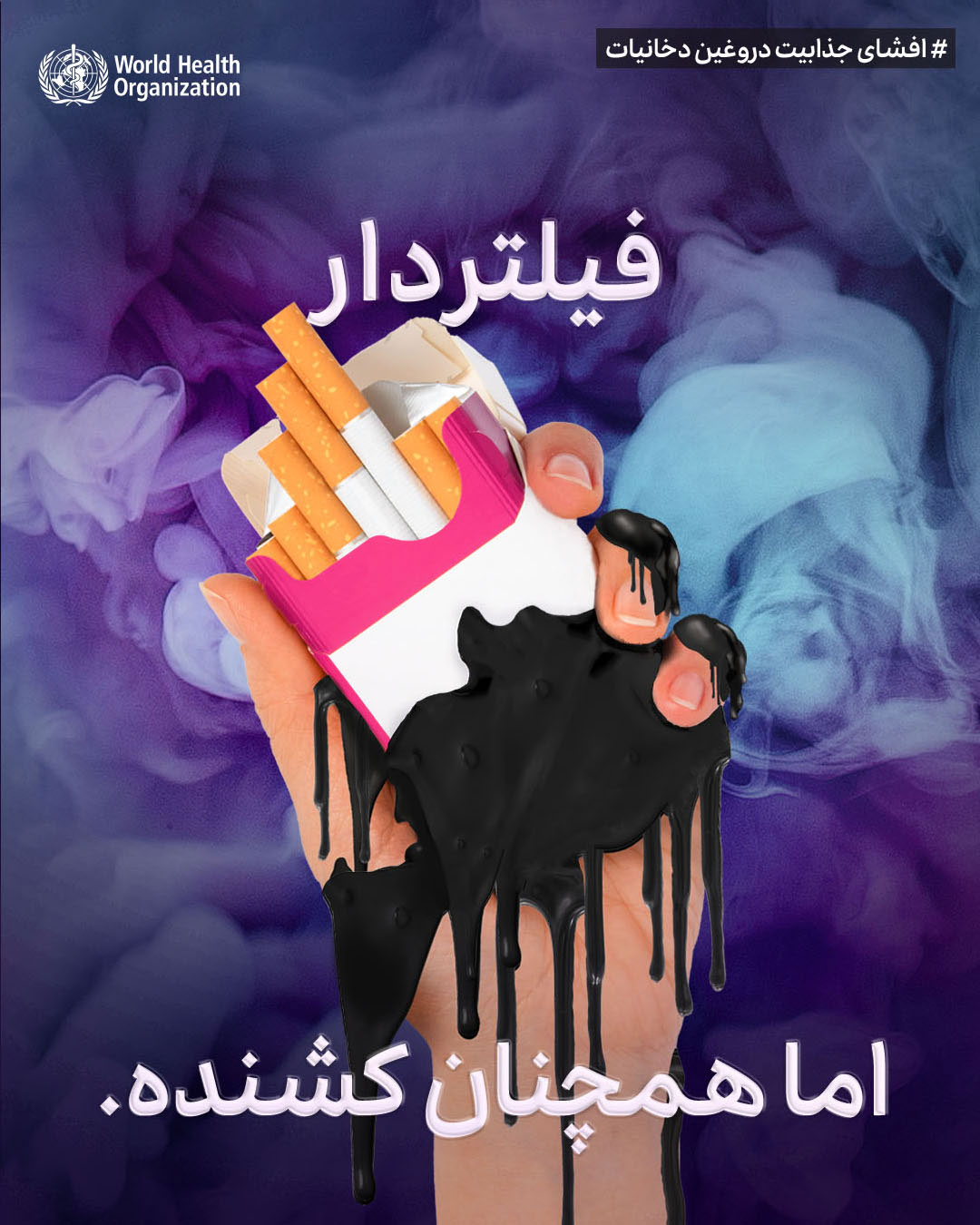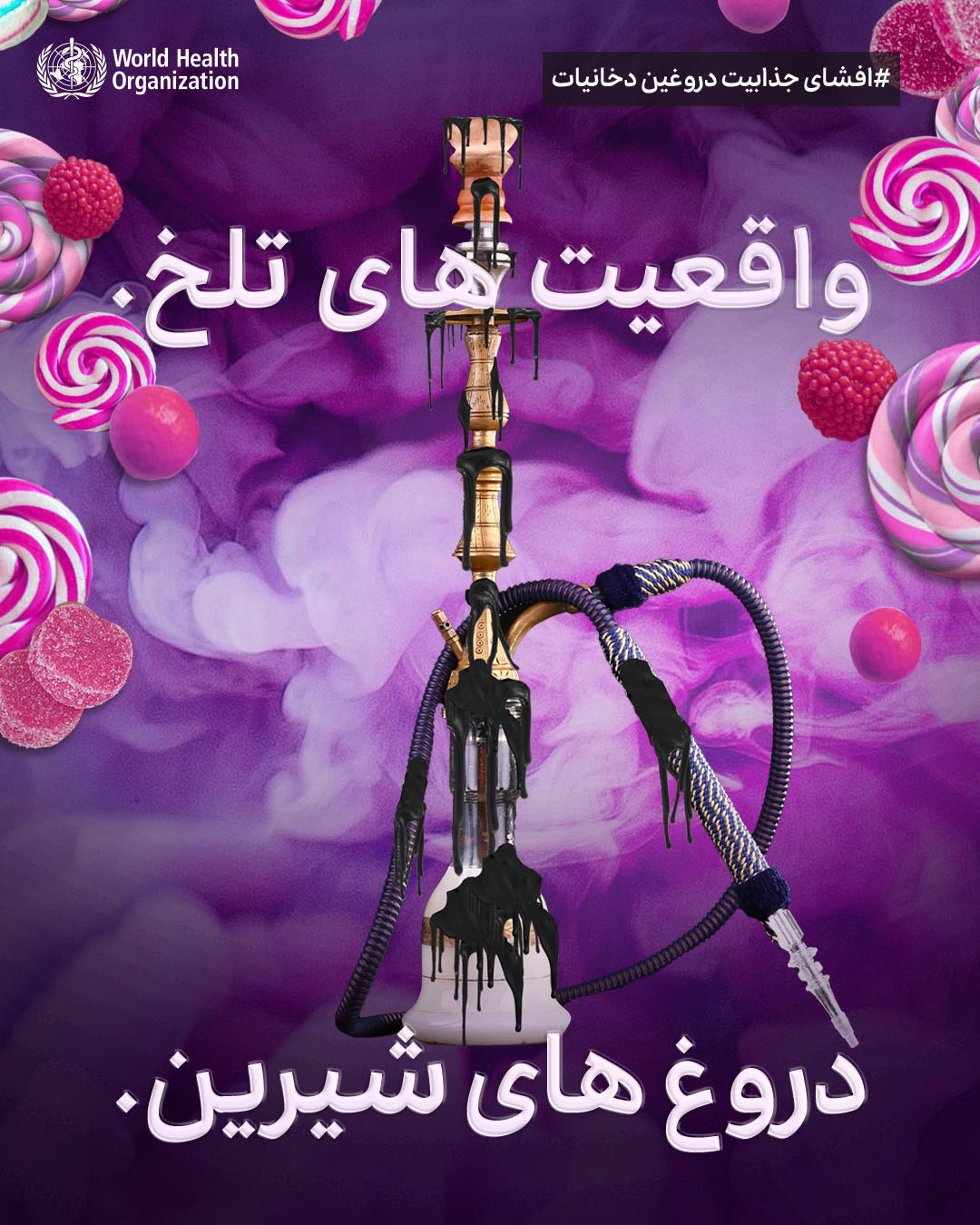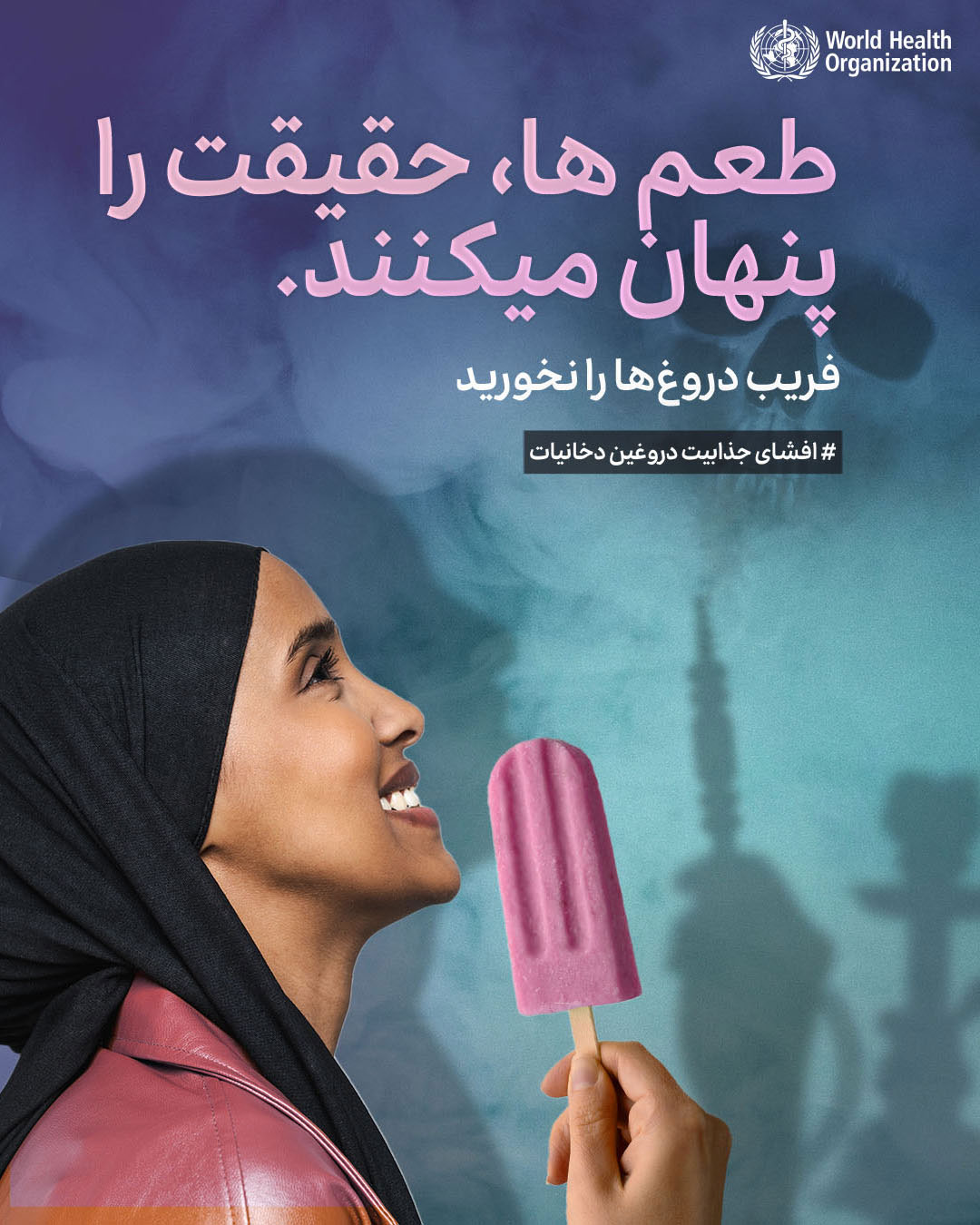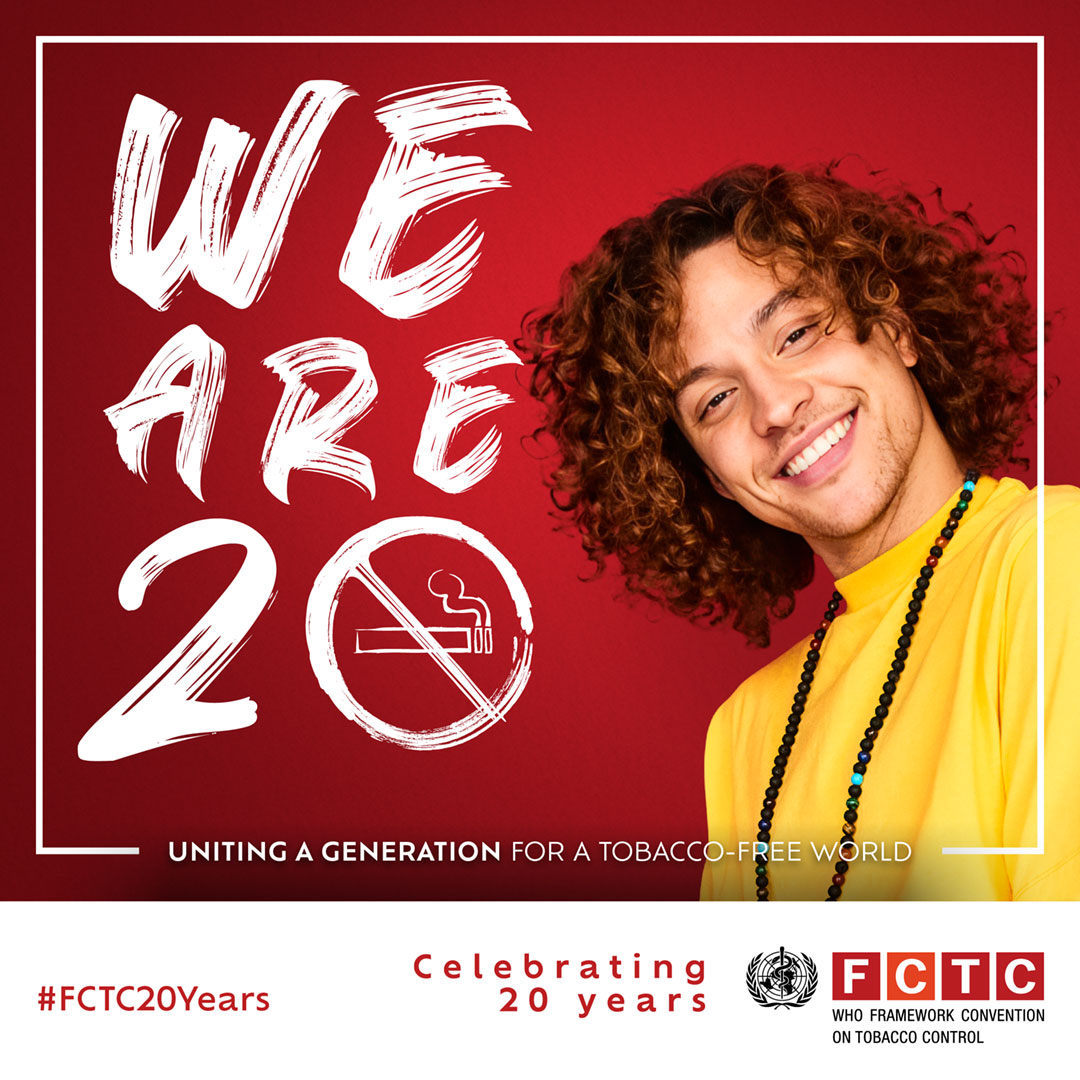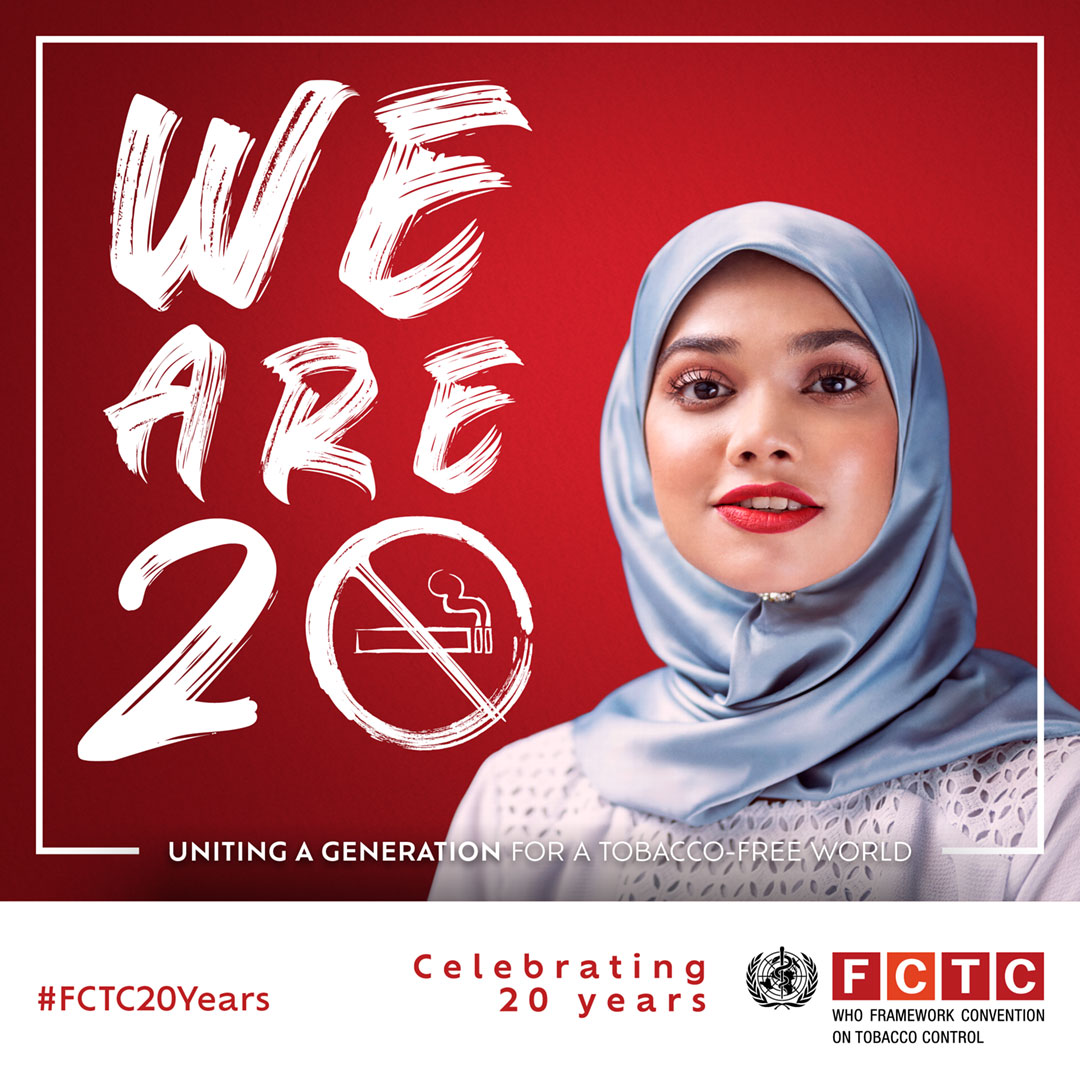About FCTC
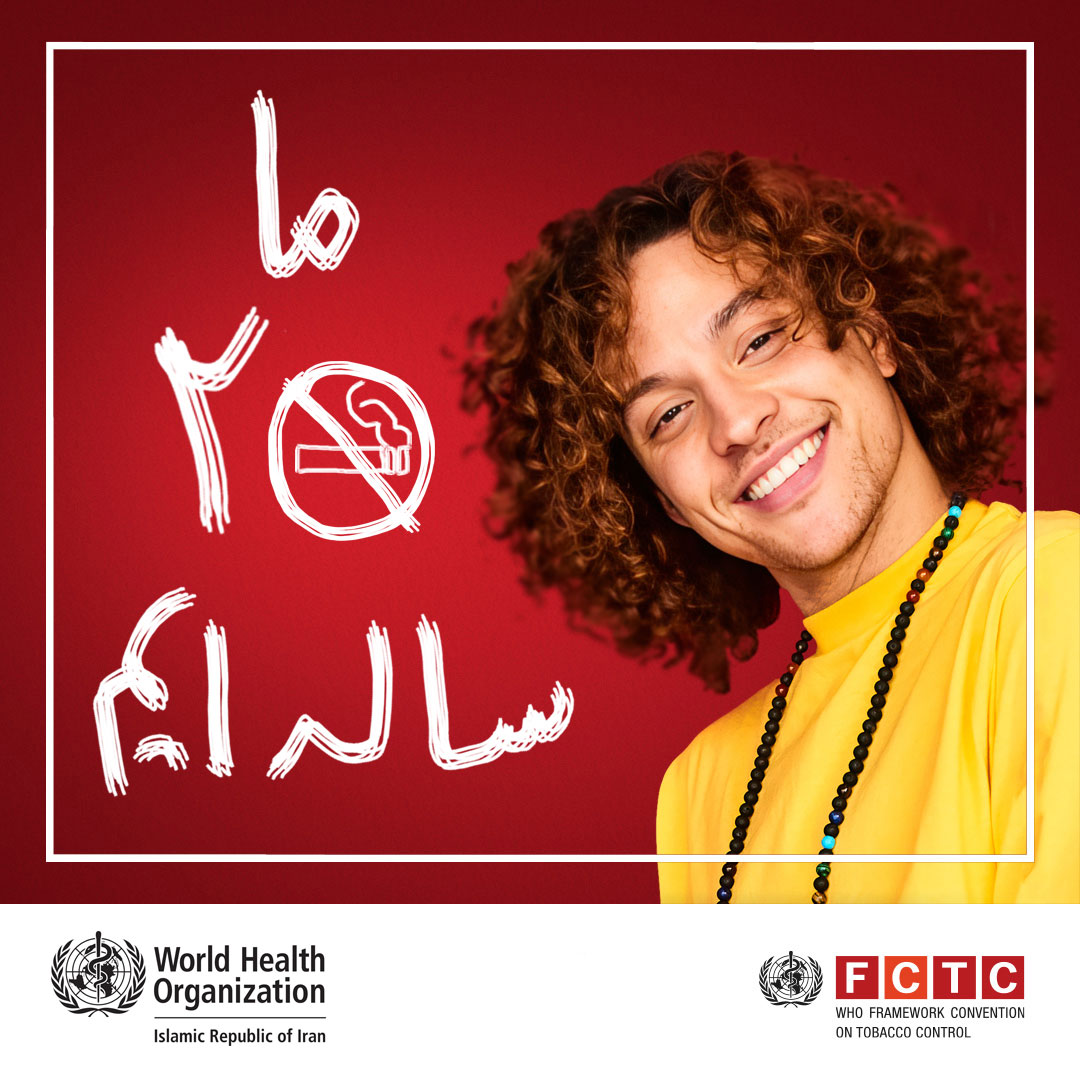 The WHO Framework Convention on Tobacco Control (FCTC) – the world’s first international public health treaty – was adopted by the World Health Assembly on 21 May 2003 and entered into force on 27 February 2005. Negotiated under Article 19 of the WHO Constitution, it represents a landmark in international health cooperation and a turning point in the fight against the global tobacco epidemic.
The WHO Framework Convention on Tobacco Control (FCTC) – the world’s first international public health treaty – was adopted by the World Health Assembly on 21 May 2003 and entered into force on 27 February 2005. Negotiated under Article 19 of the WHO Constitution, it represents a landmark in international health cooperation and a turning point in the fight against the global tobacco epidemic.
The Convention has been ratified by 182 Parties, making it one of the most rapidly and widely embraced treaties in United Nations history. Only a small number of UN Member States remain outside the agreement. Under the FCTC, which is legally binding, Parties commit to implementing measures to reduce the demand for, and supply of, tobacco products.
The Islamic Republic of Iran has incorporated the FCTC into its national legal and health framework.
Purpose and scope
WHO FCTC seeks “to protect present and future generations from the devastating health, social, environmental and economic consequences of tobacco consumption and exposure to tobacco smoke”. It provides a global framework for countries to enact evidence-based policies that minimize tobacco use and its harm.
Earlier WHO efforts focused primarily on infectious diseases. The FCTC was the first legally binding global response to a major noncommunicable disease risk factor, setting a precedent for multilateral action in health governance and inspiring calls for other international treaties on public health.
Key provisions
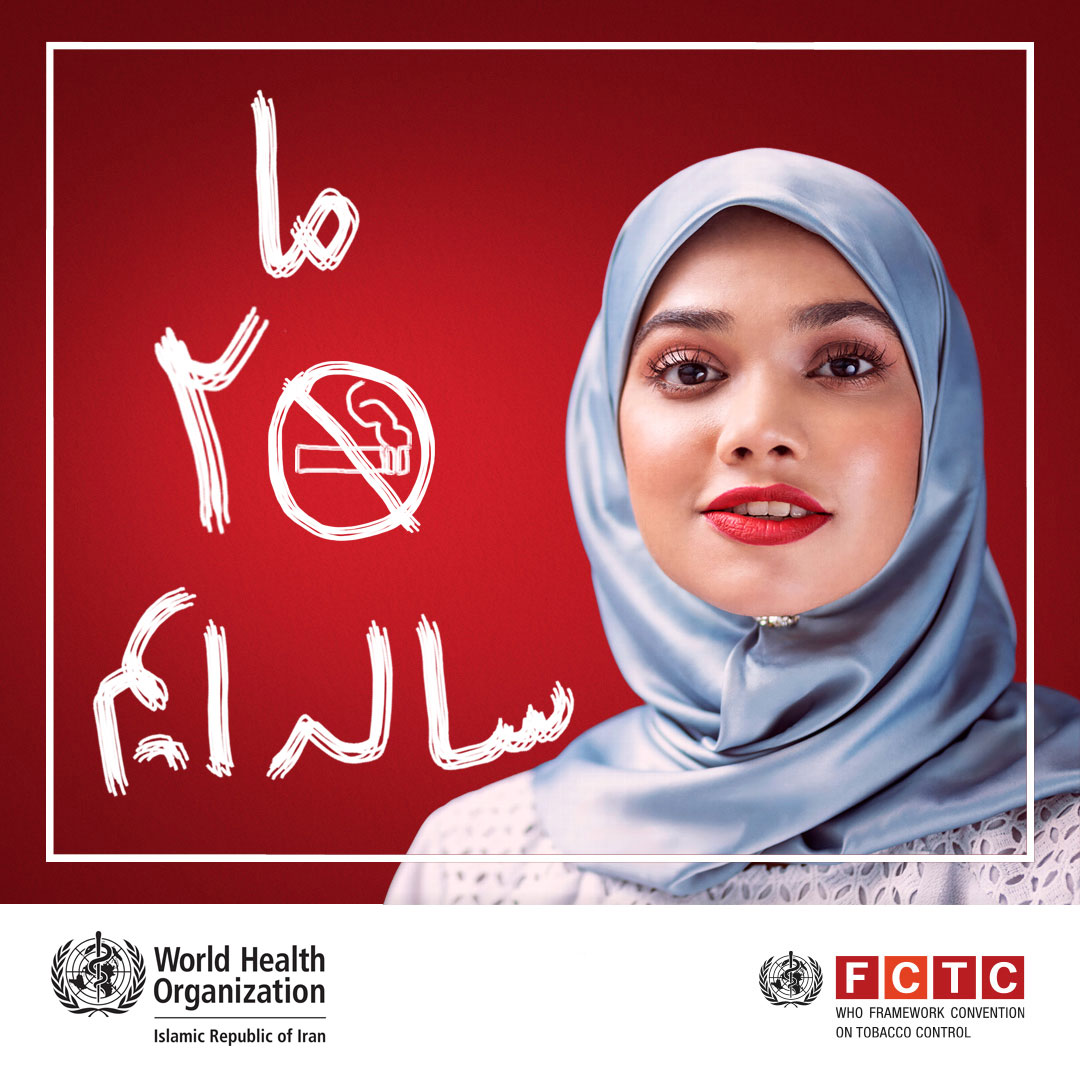 The FCTC establishes universal standards to limit tobacco use while encouraging Parties to adopt even stronger national measures. Core provisions include:
The FCTC establishes universal standards to limit tobacco use while encouraging Parties to adopt even stronger national measures. Core provisions include:
Article 5.3 – protect public health policies from interference by the tobacco industry;
Article 6 – adopt price and tax measures to reduce demand;
Article 8 – protect people from exposure to tobacco smoke;
Articles 9 and 10 – test, measure and regulate tobacco product contents and emissions and disclose this information to governmental authorities and the public;
Article 11 – mandate health warnings and plain packaging;
Article 12 – raise awareness of tobacco harms;
Article 13 – ban tobacco advertising, promotion and sponsorship;
Article 14 – provide support for cessation services;
Article 15 – combat illicit trade in tobacco products;
Article 16 – prohibit sales to and by minors; and
Article 17 – promote economically viable alternatives to tobacco growing.
Article 7 requests the Conference of the Parties (COP) to adopt guidelines that help countries meet their obligations under the treaty.
Conclusion
As a Party to FCTC, Iran has made significant legal, regulatory and programmatic strides in tobacco control since ratification. The FCTC has provided structure and momentum for implementing comprehensive tobacco control measures, ranging from smoke-free laws, health warnings and advertising bans to awareness campaigns and cessation services.
Gaps remain, particularly in taxation, full enforcement, ensuring compliance at subnational levels, supporting growers and applying rigorous oversight of industry interference. Going forward, sustained political commitment, multisectoral coordination, civil society engagement and alignment with best global practices will strengthen Iran’s capacity to meet its FCTC obligations and reduce tobacco-associated harms.
FCTC 2030 prjects: 2024
Law
Towards a tobacco-free generation: revision and updating of the comprehensive national tobacco control law
The revision and update of the Islamic Republic of Iran’s comprehensive national tobacco control law advances the country’s public health strategy and its ambition to build a tobacco-free generation.
The process began with a comprehensive review of existing national legislation, global best practices and the WHO Framework Convention on Tobacco Control (FCTC). A gap analysis, informed by consultations with health officials, policy-makers, enforcement authorities and community stakeholders, revealed key challenges, including weak enforcement mechanisms, limited public awareness and inadequate safeguards against tobacco industry interference. The findings served as the foundation for setting evidence-based priorities for legal reform.
The draft revisions significantly expand the scope of the law. It now covers the entire tobacco lifecycle, from cultivation and manufacturing to distribution and consumption. It introduces stronger regulatory and socio-cultural measures aimed at safeguarding the health of current and future generations and reflects a multisectoral, forward-looking approach to reducing tobacco-related mortality which currently exceeds 48 500 deaths annually.
Aligned with national public health objectives and international treaty obligations, the legislative update positions the Islamic Republic of Iran as a regional leader in tobacco control. Its success, however, will depend on sustained political commitment, adequate funding and cross-sectoral coordination to ensure that legal provisions translate into measurable health and economic outcomes.
To support implementation, a comprehensive dissemination and capacity-building plan has been developed. This includes targeted training sessions for various stakeholders, aimed at raising awareness, strengthening compliance and enhancing enforcement. The plan outlines clear timelines, roles and performance indicators to support monitoring and evaluation.
Further details, including training schedules and dissemination materials, will be made available on the WHO Country Office in Iran website.
Surveillance
Comprehensive tobacco surveillance system to reduce tobacco use
The Islamic Republic of Iran is strengthening efforts to address tobacco-related illnesses with a comprehensive surveillance system to improve monitoring of tobacco use and promote evidence informed policy-making. Tobacco use continues to be a significant public health issue, with national data showing a 14.1% estimated prevalence of tobacco use among adults – 25.9% for men and 3.8% for women – and increasing prevalence rates among adolescents. Tobacco use contributes to heart diseases, cancers and respiratory diseases.
As a Party to the WHO Framework Convention on Tobacco Control (FCTC), the Islamic Republic of Iran has made major strides in reducing tobacco consumption. The surveillance system will help drive progress by providing ongoing and dependable follow-up data on tobacco consumption, exposure to second-hand smoke, the health-related impacts of tobacco use and the efficacy of tobacco control policy measures.
Annual reports communicating results will support decision-making. The surveillance system leverages technologies such as real time monitoring, mobile based communications and enhanced reporting and analytical tools to better identify trends and enforcement measures.
The initiative supports capacity-building, with an emphasis on equipping health professionals, policy-makers and enforcement bodies to better interpret and utilize data and indicators to inform policies to reduce tobacco-related disease.
Expected outcomes include reduced tobacco use, especially among youth, decreased exposure to secondhand smoke, a more effective response to illicit trade in tobacco products and improved regulations. Ultimately, these will lead to a reduction in tobacco use-related diseases, reduced health care expenditure and improvements in population and community health.
Iran's new tobacco surveillance system is a proactive, public health-based initiative. A high-level meeting and capacity-building sessions will take place soon. To stay informed, follow updates on WHO Iran’s website.
Tobacco Control National Coordinating Mechanism (TCNCM)
The World Health Organization (WHO), in collaboration with national partners, is supporting the development of a reinforcement plan for the Islamic Republic of Iran’s tobacco control national coordinating mechanism (TCNCM). The aim is to enhance the mechanism’s role in coordinating and supervising national tobacco control activities in line with the WHO Framework Convention on Tobacco Control (FCTC).
Tobacco use remains a major public health threat. The 2016 STEPS survey found that 14.1% of Iranian adults were currently smokers, with prevalence far higher among men (24.2%) than women (4.3%). Tobacco use causes preventable diseases and death, increases health care costs, reduces productivity and diverts household resources away from essential needs. Despite the Islamic Republic of Iran’s ratification of the WHO FCTC in 2005 and the establishment of the TCNCM in 2007, structural and governance challenges have limited its effectiveness.
Under the FCTC 2030 project, Iran has been selected to receive financial and technical support to strengthen the TCNCM, develop a costed national tobacco control strategy and accelerate implementation of key FCTC measures such as taxation and smoke-free policies. A series of consultations, reviews and workshops identified systemic gaps, including limited authority, weak enforcement, resource shortages, outdated data and insufficient stakeholder coordination.
The reinforcement plan proposes moving the TCNCM to higher-level national leadership, ensuring sustainable funding, improving governance, establishing a national surveillance system and engaging civil society and community actors more effectively. These reforms are expected to save lives by reducing smoking prevalence to below 12%, generate substantial economic savings and align Iran with international tobacco control commitments by 2030.
A high-level advocacy meeting and capacity-building training session are planned. Updates will be shared on the WHO Iran website as the project progresses.








